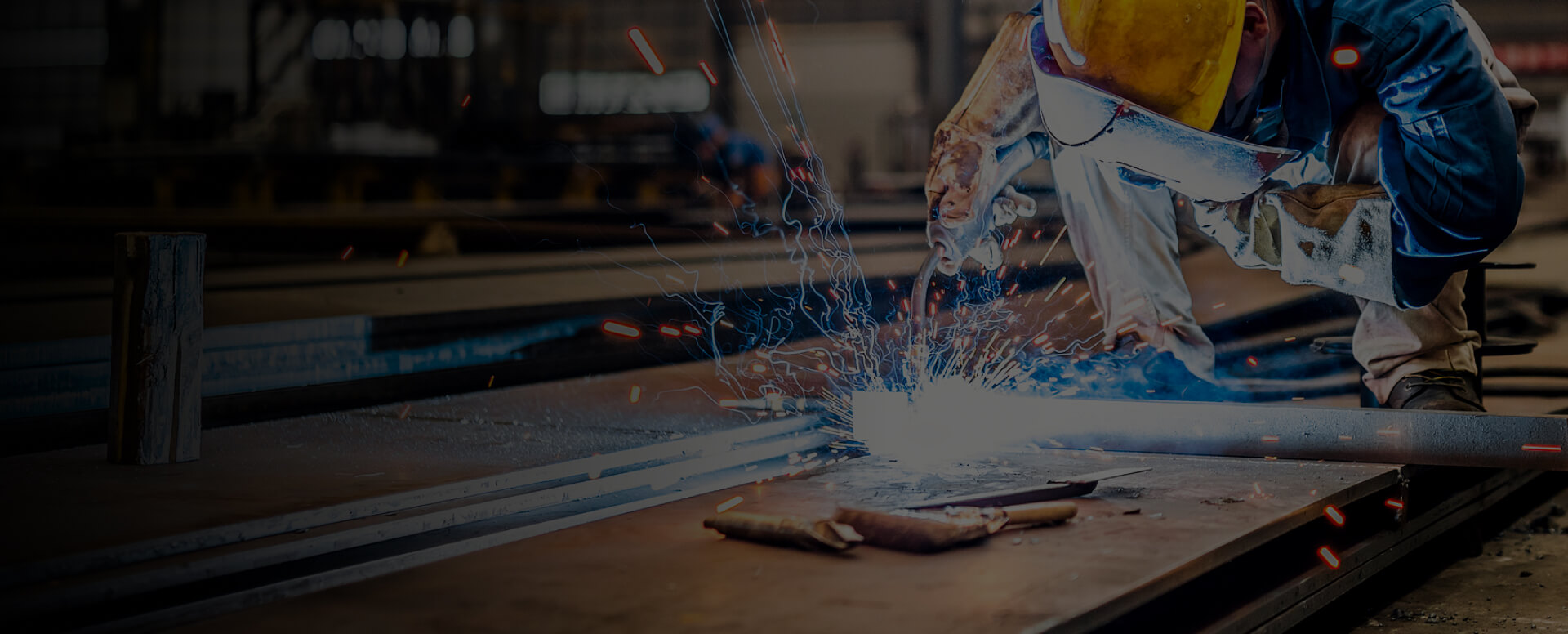
How Plasma Arc Welding Works Under Normal Conditions
A pilot arc is first ignited between the tungsten electrode and the nozzle. The main arc then transfers to the workpiece, where it is confined and accelerated through a narrow nozzle orifice. Ionized gas (e.g., argon) forms a high-temperature plasma jet exceeding 20,000°C. This focused "energy arrow" allows for deep, narrow welds with minimal distortion.
What is Double Arcing?
Erratic arc behavior and instability Unusual crackling or popping sounds Reduced penetration and poor weld quality Nozzle overheating or melting
Causes of Double Arcing
Insufficient gas flow: Failed plasma gas shielding breaks insulation between the nozzle and workpiece. Nozzle overheating: Coolant failure raises nozzle temperature, enabling electron emission. Incorrect standoff distance: Nozzle too close to the workpiece increases electrical breakdown risk. Contamination: Spatter or conductive deposits on the nozzle create unintended current paths.
Consequences of Double Arcing
Nozzle damage: Secondary current (20–50% of main arc) can rapidly melt nozzle components. Weld defects: Energy leads to lack of fusion, porosity, or irregular bead shape. Equipment harm: Sustained double arcing may damage power supplies and control systems.
Prevention Strategies
Optimize plasma and shielding gas flow rates Use current slope-in controls to avoid sudden arc ignition Maintain proper torch-to-work distance
Ensure cooling system operation and nozzle cleanliness Replace worn or contaminated nozzles promptly
- Real-time arc monitoring and auto-shut off
Parameter boundary controls to prevent unsafe settings
Water-cooled torches for improved thermal management
Related Articles

The Mystery of Lag Discoloration in Titanium Welding: Causes And Solutions
In titanium welding, the weld color serves as a critical visual indicator of gas protection quality. However, a phenomenon known as "lag discoloration"—where the weld appears silver-white initially but gradually turns gold, blue, or gray during cooling—signals underlying contamination that can sever

How To Solve The Problem of Spheroidization in Aluminum MIG Welding Wire?
Solving Aluminum MIG Welding Wire Balling: Causes and Smart SolutionsAluminum is widely used in high-end manufacturing, such as aerospace and new energy vehicles, due to its lightweight and corrosion resistance. However, aluminum MIG welding often faces a frustrating issue—wire balling, where the wi

Why AC Current Is Essential for Aluminum Welding?
Aluminum is everywhere—from smartphones and laptops to aerospace components—valued for its light weight, corrosion resistance, and aesthetic appeal. However, welding aluminum presents unique challenges that often require alternating current (AC) rather than direct current (DC). Here’s why.The Challe

What is the typical cost of mig welding?
Understanding MIG Welding Costs: A Detailed BreakdownThe cost of MIG welding can vary significantly depending on the scale and complexity of the project. For small DIY tasks, expenses may be relatively low, with basic equipment ranging from 400 to 2000. In contrast, large commercial or industrial pr

What Are The Compounds in Welding Fumes And Their Associated Health Risks?
Welding fumes pose significant health hazards, with the International Agency for Research on Cancer (IARC) classifying all welding fumes as Group 1 carcinogens. Beyond cancer, exposure can lead to acute and chronic issues, including cardiovascular, neurological, hematological, and renal diseases. Pr

How Does Plasma Cut Rock?
Yes, plasma can cut rock, but effectiveness depends on rock composition, plasma temperature, and operational costs. This process utilizes extreme heat from ionized gas to melt or vaporize geological materials.Principles of Plasma-Rock InteractionThermal MechanismsPlasma cutting relies on transferrin

